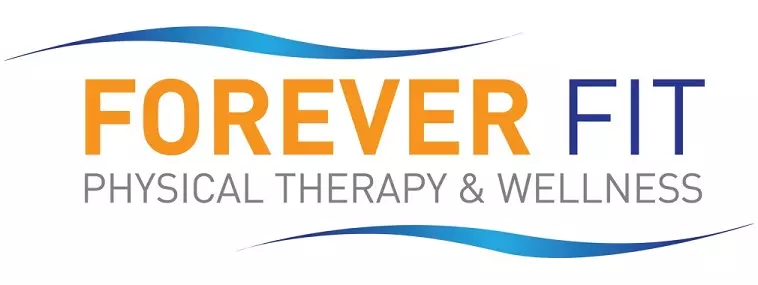Every part of the body can come in all shapes and sizes, such as having a short torso, long arms or wide feet. Most of the time, these physical features aren’t a big deal and don’t cause you any issues. However, there are some characteristics of a body part that may be an indicator of potential pain or issues in the future, such as the length of your toes.
Having long second toes is quite common. In fact, more than 40% of people have a second toe that’s longer than the big toe, called Morton’s toe. But did you know that long toes can be the cause of your foot issues? It may seem like such a small part of the body shouldn’t be a problem, but having a long second toe can lead to foot pain, called Morton’s neuroma, that can interfere with your quality of life. There aren’t many explanations for a long second toe beyond Morton’s toe.
We’ll talk about the symptoms and causes of Morton’s neuroma as well as the physical therapy treatments that can be used to help the condition and overall quality of the toes.
Symptoms and causes of Morton’s toe
We’ve already discussed the main symptom of Morton’s toe, which is the length of the second toe extending past the big toe. It’s worth noting that it may look like a long second toe is the issue, but it actually just appears long due to the shortness of the first metatarsal bone in the big toe. The metatarsal bone is what connects the back of your foot to your toes.
While it may seem like just a physical issue, Morton’s toe can cause overpronation, causing the pressure to be unevenly distributed as you stand, walk or exercise. The excessive pressure placed on the joint located at the base of your second toe is where the pain stems from.
Symptoms of Morton’s neuroma, associated with Morton’s toe, include:
- Pain near the arch at the base of the first two toes.
- Pain near the head of the second metatarsal bone.
- Changes in gait.
Persistent or worsening symptoms of Morton’s neuroma can increase the risk of developing:
- Calluses.
- Corns.
- Stress fractures.
- Arthritis.
Morton’s toe isn’t a condition that can develop over time or that can be caused by anything in your control. It’s a structural condition that comes from the first metatarsal growth plate closing too early. Research shows that Morton’s toe is a hereditary condition.
Physical therapy treatments that can help Morton’s neuroma
Even though Morton’s toe is a genetically linked foot structure, there are ways that you can treat the painful symptoms and reduce the risk of future issues from Morton’s neuroma. That’s why physical therapy is often recommended for those with long second toes.
Not only can physical therapy help alleviate your painful Morton’s neuroma symptoms, but a physical therapist can also make recommendations that can alleviate the pressure on the second metatarsal bone in the future.
The two most common physical therapy treatments that can help your Morton’s neuroma are:
- Exercises — When it comes to pain from a foot condition, therapeutic exercises are usually the first course of action. Your physical therapist can guide you through safe and effective exercises that reduce the pain around your metatarsal bones as well as improve the overall quality of the area. These exercises can help to increase the strength and flexibility of the affected muscles.
- Shoe/insert recommendations — Since Morton’s neuroma is a structural condition, it’s important to provide as much support and comfort as possible to the structure as you move throughout the day. Your physical therapist can make recommendations for shoes that have a roomy toe box as well as inserts that provide cushioning and arch support. They will likely guide you toward custom orthotics.
Forever Fit Physical Therapy & Wellness can help you learn about your Morton’s toe (and alleviate the symptoms)
When you notice something that looks a bit unusual on your body but doesn’t cause any issues, it’s easy to brush it off. While Morton’s toe is a common condition that you’re born with, if it causes issues that interfere with your overall quality of life, there are actions you can take. That’s why it’s important to be proactive about your Morton’s neuroma.
You don’t have to wait until you’re wincing in pain with every step. Physical therapy at Forever Fit can play a huge role in preventing pain and further issues that stem from Morton’s toe.
Contact our team today for more information or to schedule an initial appointment.

